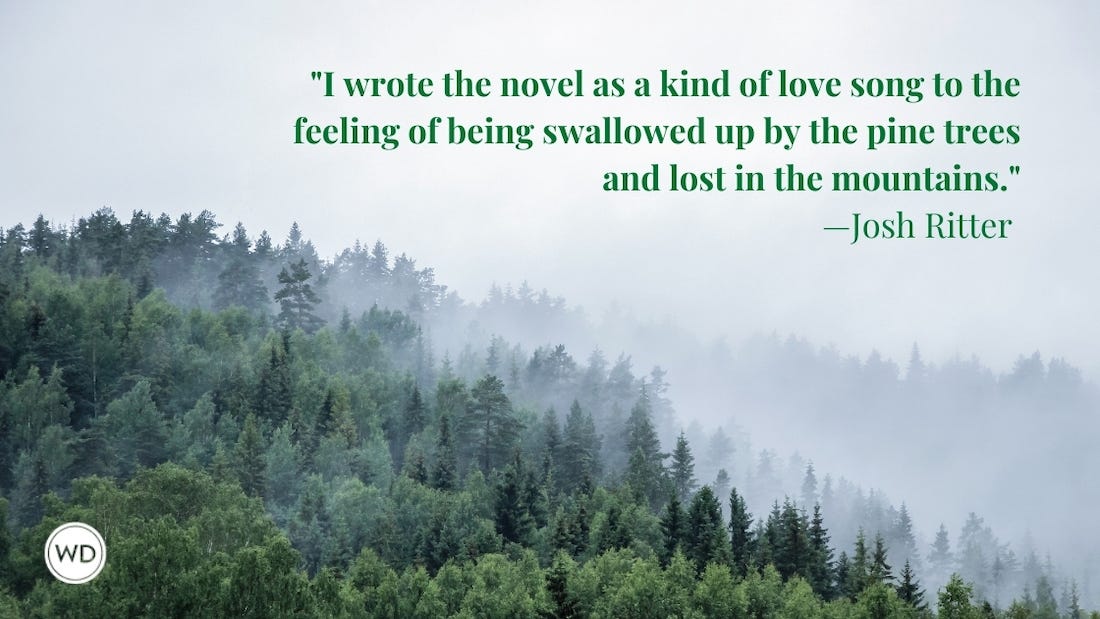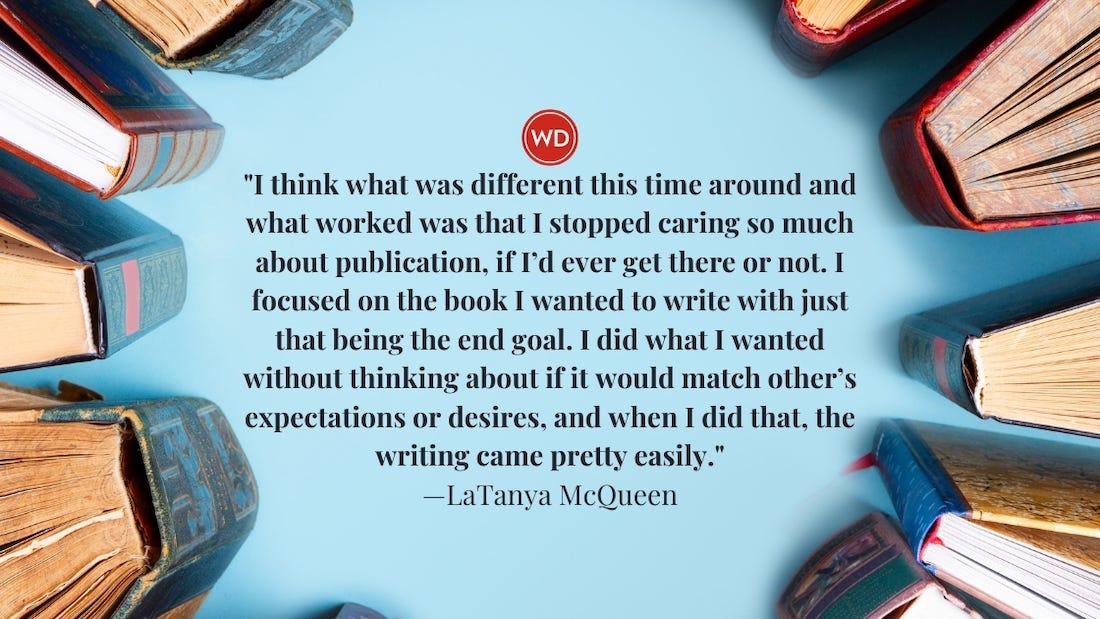Singularly Modern
Even as a member of a distinctive literary club, Virginia Woolf broke new ground all by herself.
What is it with labels, anyway? An author can be dubbed a "realist," a "post-realist" or a "magic realist," among many other possibilities, and that classification may well determine how many books he sells. There are so many labels in the writing business and so many authors vying for readers' attention, it's easy to forget that every writer has a unique style.
Virginia Woolf (b. 1882, d. 1941), author of the novels Mrs. Dalloway and To the Lighthouse, is one example. She was a pillar of the early 20th-century "modernist" movement. The modernists worked to convey language at the speed of thought; that is, to write fiction that mirrors a person's subjective experience as it happens.
But while Joyce concentrated on complex wordplay and Anglo-Irish ribaldry, and Faulkner wrote intense, hallucinatory tales of the South, Woolf went in another direction. Her vivid, poetic style captures the flavor of everyday English upper-middle class life with scrupulous attention to detail, yet it remains conversational—chatty, even—in tone. Despite her modernist tendencies, Woolf's style was all her own.
A good morning Sometimes Woolf's writing can be startling in its ebullience. In Mrs. Dalloway, which follows middle-aged Clarissa Dalloway through a single day in London, Clarissa greets the morning with a sense of girlish joy:
In people's eyes, in the swing, tramp, and trudge; in the bellow and the uproar; the carriages, motor cars, omnibuses, vans, sandwich men shuffling and swinging; brass bands; barrel organs; in the triumph and the jingle and the strange high singing of some aeroplane overhead was what she loved; life; London; this moment of June.
The pace of this description approximates the pace of life in London as Clarissa experiences it. The passage's flow invites readers to get swept up in Clarissa's enthusiasm, yet the precise imagery and musical language keep a firm hold on the overall narrative.
A hazy afternoon Woolf imbued her work with a sense of elegant precision, along with a subtle feel for characterization. Here, also in Mrs. Dalloway, a character named Peter Walsh takes a smoke break on a park bench:
The rich benignant cigar smoke eddied coolly down his throat; he puffed it out again in rings which breasted the air bravely for a moment; blue, circular—I shall try and get a word alone with Elizabeth tonight, he thought—then began to wobble into hour-glass shapes and taper away; odd shapes they take, he thought.
These are light, graceful sentences, but they're full of meaning. Note the integration of Peter's personal thoughts into the outside description—it's as if his thoughts are dissolving into the world around him. Woolf takes this conceit further in the next passage, when Peter experiences his own sort of merging with the outside world:
Suddenly he closed his eyes, raised his hand with an effort, and threw away the heavy end of his cigar. A great brush swept smooth across his mind, sweeping across it moving branches, children's voices, the shuffle of feet, and people passing, and humming traffic, rising and falling traffic. Down, down he sank into the plumes and feathers of sleep, sank, and was muffled over.
The effect is similar to the earlier passage involving Clarissa; there's a sense of being overtaken by his surroundings. The common elements in these two scenes—a sensitivity to sensuous details, and a fluidity of expression that makes all those details compelling rather than tiresome—are also what makes Woolf's style her own.
Try comparing Woolf's writing with that of Joyce or Faulkner. You'll see similarities, but you'll also be struck by how different their voices are. Woolf knew she was part of a literary movement, but she resisted being pigeonholed. Take her philosophy to heart. Labels are convenient (especially for booksellers and critics), but the best writers don't let them cramp their style.








